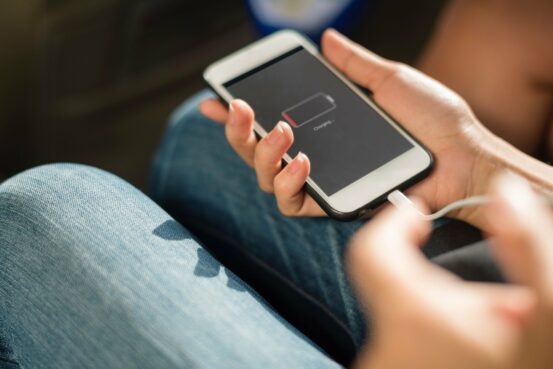Following the consultation forum meeting held on 24th November 2023, in which the Commission presented the progress of the review study and impact assessment (including draft legislative proposal) for the Ecodesign regulation on External Power Supplies (EPS), Coolproducts members, ECOS, DeutscheUmwelthilfe and the EEB would like to provide the Commission with the following comments:
Aspects strongly supported:
Widened product scope as default: The new approach to specifying what products are excluded rather than what products are covered, meaning that new EPSs placed on the market that are not defined within the regulation would automatically come under the scope (and PoE in scope).
Interoperability Option B: The specification presented during the meeting that USB EPS must have at least one compliant USB-C port and no requirements regarding any “USB-A” port. This facilitates the transition towards a single port type of USB-C, reducing the demand for and impacts of multiple cables.
Improved ambition in efficiency requirements: Inclusion of a 10% loading efficiency requirement that goes beyond the status quo, and the inclusion of a more stringent active efficiency requirement.
EPS durability requirements: The requirement for EPS to have a lifetime of 10 years, an MTBF of 300,000 hours and resistibility requirements. Mandatory durability requirements based on existing standards are essential to improve EPS quality, reducing user risks and ensuring that common chargers are in use for as long as possible. These requirements can be supported by a standardisation request to ESOs to develop a standard supporting the revised regulation on EPS and detachable cable durability, building upon ETSI Standard (ES202874-1:2012-05).
Non-compliant EPS as spare parts for max. 2 years: We support the limitation of non-compliant EPS being sold as spare parts to 2 years maximum after the regulation comes into force. There is no justification for extending this period, as this would impair the potential savings accessed through the revision. EPS can be backwards compatible using adaptors and, during this period, manufacturers can stock up on spare parts.
EPS pictogram and port marking: A pictogram showing power information to be provided on the EPS, plus power information on each port. Position paper on ecodesign regulation review and impact assessment of external power supplies 2
Standby requirement on wireless chargers: The 0.48W requirement on wireless charger standby
Testing requirements: Harmonisation with US DOE testing approaches.
Battery charger and EPS definitions: We consider these definitions as sufficiently robust and urge caution in editing these to avoid opening loopholes.
Key issues to address:
SCOPE:
Avoid specifying industrial exemptions from scope
DEFINITIONS:
Clarify the definition of wireless chargers and wireless charging pads, and externalisation of power supply circuitries for wireless chargers
ENFORCEMENT:
Alignment of transition times to 1 year
Compliance issues
AMBITION:
Longevity in energy efficiency requirements through a second tier
Need to address wireless charging active efficiency, interoperability and standards
Failure to specify default unbundling
Missing information requirements on packaging and cables
CLARITY:
Ambiguity of low voltage power supply requirements
Lack of clarity on detachable cable design requirements
Lack of clarity



